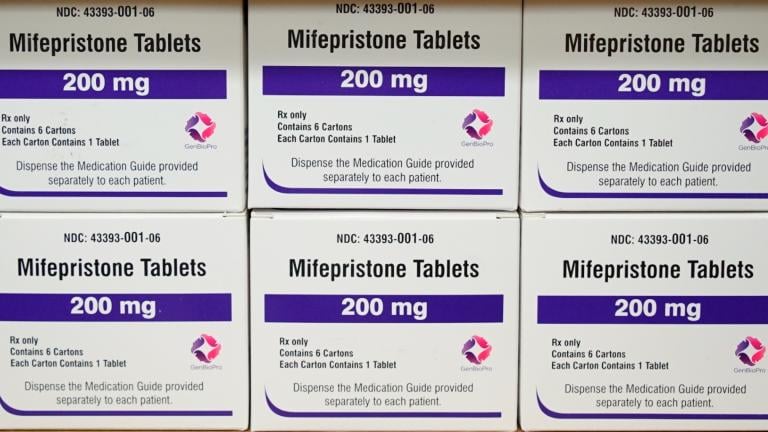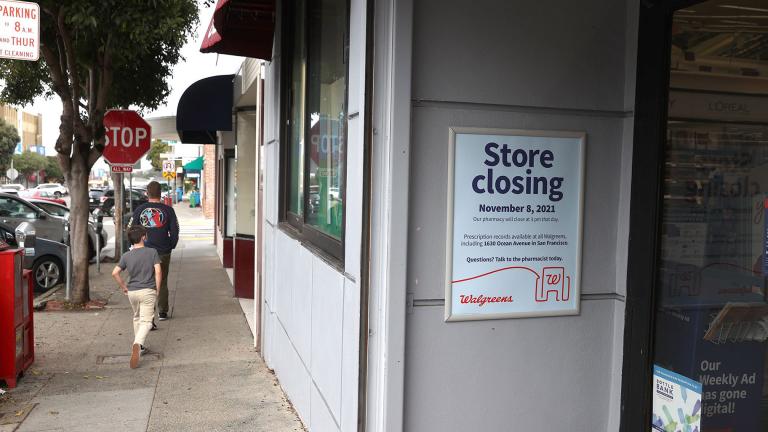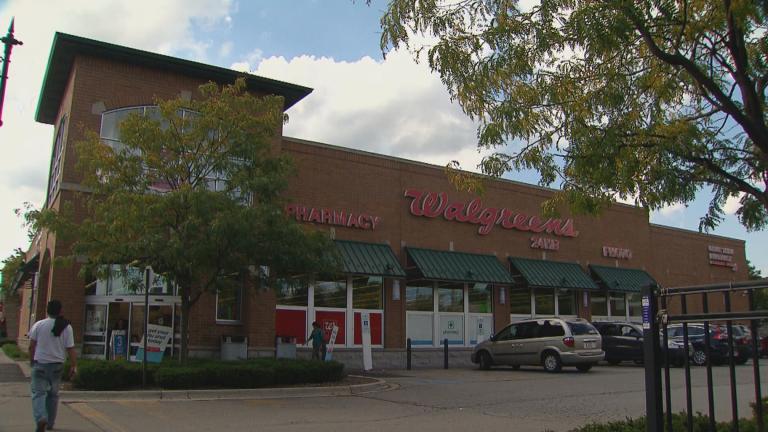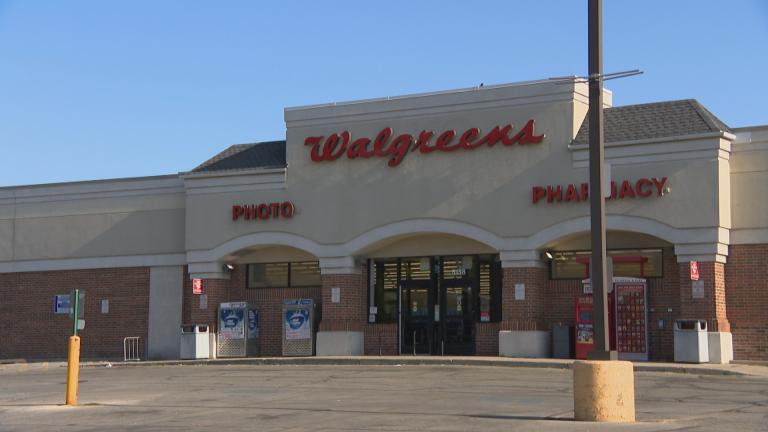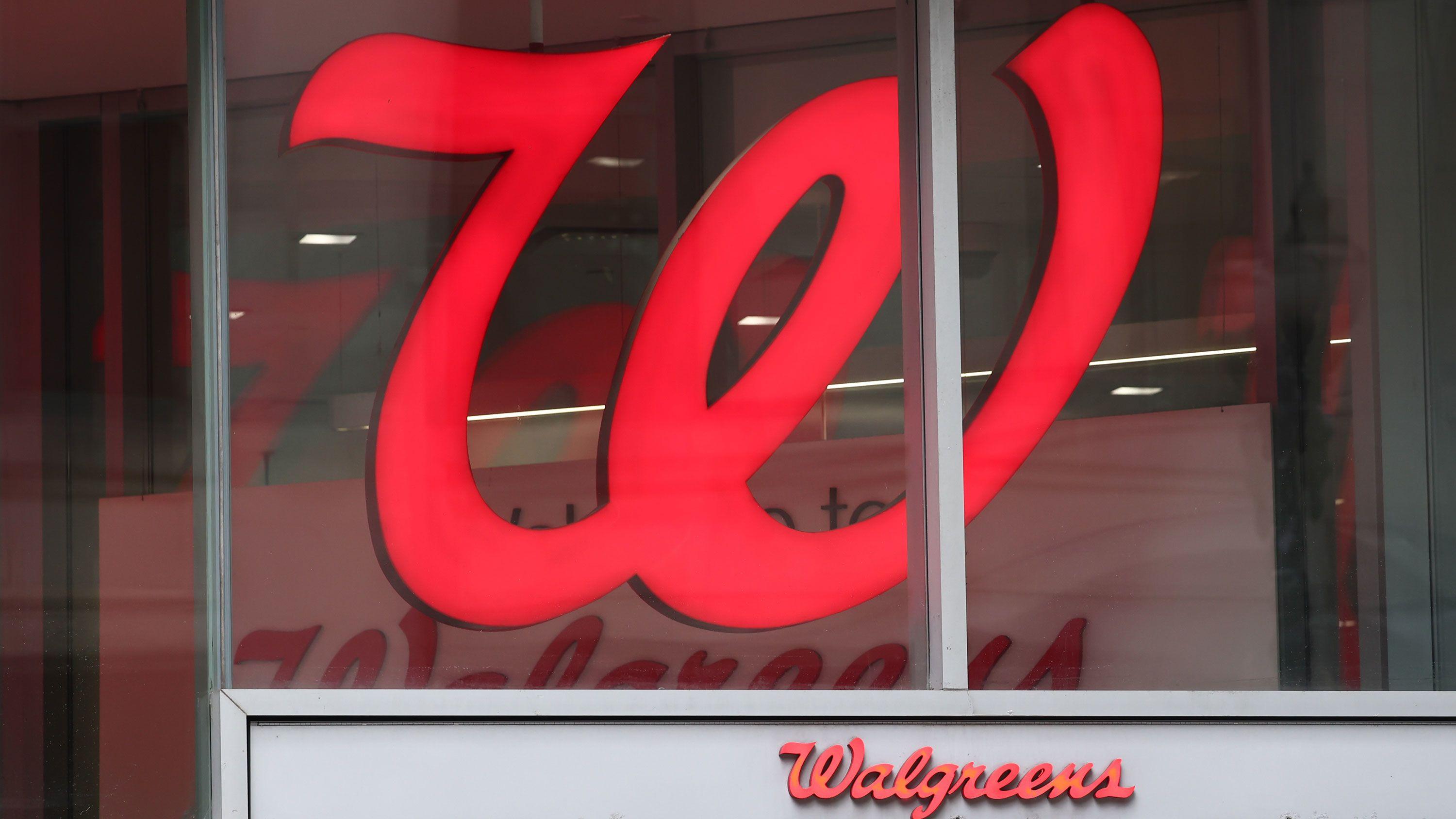
(CNN) — Walgreens just opened a redesigned store in downtown Chicago where most of the merchandise is intentionally kept out of sight.
The store, located on 2 E. Roosevelt Road, at one point offered a typical Walgreens shopping experience – multiple aisles stacked with daily essentials, cosmetics, packaged snacks, health care needs and an in-store pharmacy.
Last week, the same location reopened with a dramatically pared back look. Why? Walgreens says it’s a digital-first experimental store to benefit customers. It’s not designed to deter theft, Walgreens says.
But retail experts say keeping all merchandise out of reach sure is an effective way to combat rising incidents of shoplifting in America.
What’s in the store?
The new Walgreens store now has only two aisles for shoppers to peruse for their everyday needs, such as over-the-counter medication, bath and body care supplies, batteries, Band-aids, and grab-and-go snacks.
Most everything else you expect you find at the drugstore chain is kept in an in-store fulfillment area, which is off-limits to shoppers.
Those hidden products – including color cosmetics, beer, wine and spirits, hair color products and gift cards – can only be accessed for purchase through a kiosk system, also set up in the store.
Shoppers select and place their orders using a tablet-like device. Once the order is made, a Walgreens employee retrieves the products and packs them for pickup at a separate counter in the store.
Walgreens said customers can also place their orders online for pickup in the store. The store has a pharmacy with its own kiosk to use for check-in and order fulfillment, among other features.
What’s behind the design?
In an emailed statement to CNN Friday, Walgreens said the purpose of the new store concept and technologies is to “enhance the experiences of our customers and team members” with a focus on shopping digitally for convenience.
The store is one-of-a-kind. The retailer said the concept is testing a different version of convenience that’s adapted for the way consumers are shopping now, including self checkout and online order/store pickup. The redesign was not done as an anti-theft measure, according to the retailer.
If it were, the move would seemingly contradict a stance taken by Walgreens’ Chief Financial Officer in January when he said, “Maybe we cried too much last year” about merchandise losses.
But at least one industry expert told CNN Thursday that the prototype store’s layout would safeguard it better against theft, especially as nationwide retail crime trends escalate.
In and around Chicago, drugstore chains, 7-Eleven convenience stores, Walmart, Target and department stores such as Macy’s, have repeatedly been targeted by organized retail crime sprees in which a group or groups of individuals steal large quantities of merchandise, said Robb Karr, president and CEO of the Illinois Retail Merchants Association, an industry group representing retailers in the state, including Walgreens.
Illinois Gov. J.B. Pritzker signed a bill that went into effect Jan. 1 that’s designed to crack down on retail crime by raising penalties on retail theft statewide.
“This is not just about retailers losing products. These crimes are becoming more aggressive, even violent,” said Karr. “I share the assessment that the Walgreens redesign might have also been done to limit theft although retailers are reticent to speak about theft trends.”
John Hassard, a security expert with forensic company Robson Forensic, who specializes in retail loss prevention, said that the more products that are locked away in a store, the harder it is for people to steal them.
“I don’t want to speculate on Walgreens intention with the redesign of the store but that’s just common sense,” he said. Hassard added that retailers are always testing out new store concepts for a variety of reasons, including but not limited to, loss prevention.
“As a retailers, if you lock up products, no matter what system you use to try to get the merchandise to customers quickly, it does slow down the shopping experience,” he said. “It’s important to get the process right without inconveniencing the shopper too much so they can get in and out of the store quickly.”
Combatting crime
According to the National Retail Federation, total annual shrink (a retail metric that tracks inventory losses caused by external theft, including organized retail crime, employee theft, human errors, vendor fraud, damaged or mismarked items) reached $94.5 billion in 2021, up from $90.8 billion from 2020. Nearly half was attributed to large-scale theft of products. The group said retailers on average saw a 26.5% increase in this type of theft over the previous year.
Lululemon said it stood by its decision recently to fire two employees who tried to intervene during a robbery in late April at one of its stores in Atlanta. The yoga and athleisure wear seller said it has an “absolute zero-tolerance policy” for its employees putting themselves and others “in harm’s way,”
And Target said it is bracing to lose half a billion dollars this year because of rising theft.
“We’re definitely seeing retailers adopting measures to make their stores safer,” said Karr. “In some stores in San Francisco, every aisle is behind a plexiglass barrier.”
Lowe’s (LOW)is testing a program called “Project Unlock” to deter thieves from stealing expensive power tools from its stores. The concept would prevent power tools from being activated until after they are purchased at the register. The tools are embedded with a wireless RFID (Radio Frequency Identity) chip. The tag is preloaded with that item’s unique serial number – which is also embedded in the box’s barcode – and the product is set to inoperable.
After the product is purchased, a point-of-sale RFID scanner reads all tags in range, matches the tool with the correct serial number and activates the tool for use.
“These are ways that retailers are trying to protect the viability of their stores, and their staff and shoppers,” said Karr.
The-CNN-Wire™ & © 2023 Cable News Network, Inc., a Warner Bros. Discovery Company. All rights reserved.

